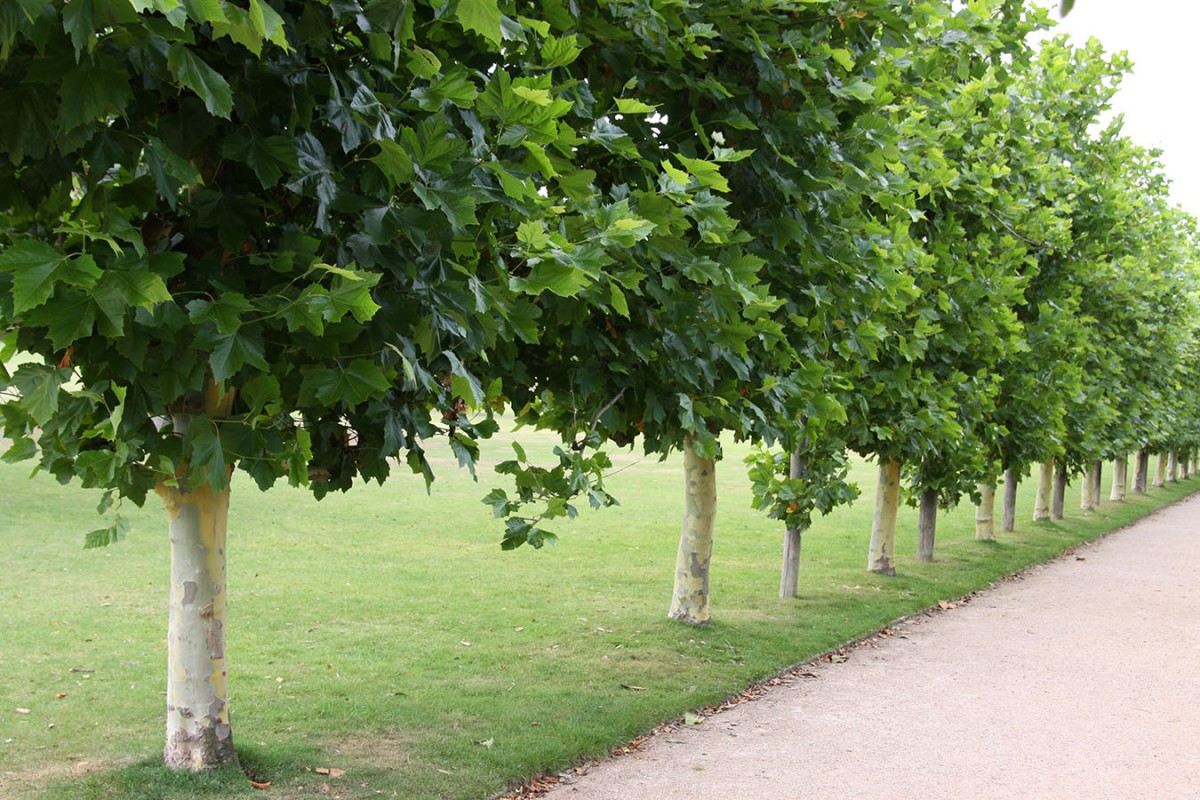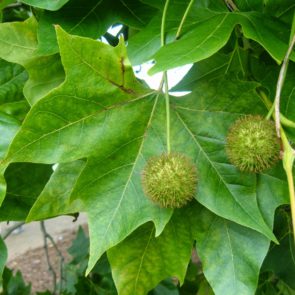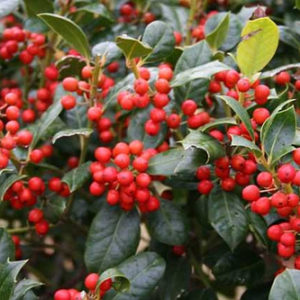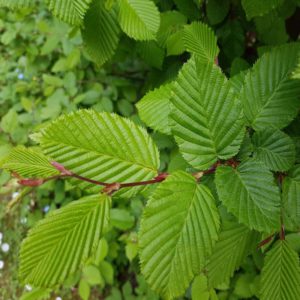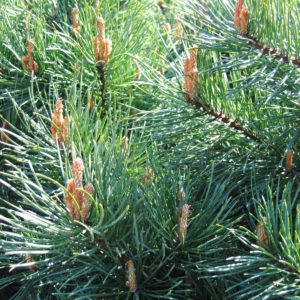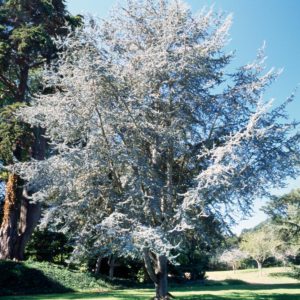Platanus acerifolia / London Plane Tree
Price range: €320.00 through €700.00
Frequently Bought Together
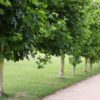


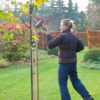
Description
Quick Facts
- Common Name: London Plane, Hybrid Plane
- Botanical Name: Platanus × acerifolia (syn. Platanus × hispanica)
- Plant Type: Deciduous tree
- Mature Height: 20-35m
- Mature Spread: 15-25m
- Flowering Period: May
- Flower Colour: Insignificant green flowers in spherical clusters
- Foliage: Large palmate leaves with 3-5 lobes, bright green turning golden-yellow in autumn
- Hardiness: RHS H6 (hardy)
- Soil Requirements: Deep, moist, well-drained, tolerates most soil types
- Aspect: Full sun to partial shade
- Maintenance: Low to moderate
Description
Experience the magnificent presence of Platanus × acerifolia, the legendary London Plane that brings exceptional architectural impact, remarkable resilience, and year-round textural beauty to gardens, estates, and urban landscapes with its spectacular peeling bark and massive spreading crown. This outstanding hybrid tree offers exceptional ornamental and practical qualities—stunning camouflage-patterned bark that continuously exfoliates in irregular patches to reveal cream, grey, and olive-green beneath, creating ever-changing patterns of extraordinary beauty, large palmate leaves that create substantial presence and dense summer shade, remarkable tolerance to urban pollution, compacted soils, and challenging conditions that defeat most trees, and vigorous growth that quickly establishes impressive specimens, making this one of the most adaptable and visually striking large trees for both urban and rural settings.
Throughout spring and summer, this captivating tree displays its characteristic large palmate leaves measuring 12-25cm across, with 3-5 triangular lobes and coarsely toothed margins, creating a dense, substantial canopy that provides excellent shade. The bright green foliage creates bold textural presence throughout summer before transforming into warm shades of golden-yellow and bronze in autumn. In late spring, insignificant spherical flower clusters appear, developing into distinctive spiky seed balls measuring 2-3cm in diameter that hang in groups of 2-4 on long stalks, persisting through winter and adding textural interest. But the true glory is the bark—smooth grey-brown outer bark continuously flakes away in irregular jigsaw-like patches to reveal the beautiful inner bark in shades of cream, pale grey, olive-green, and buff, creating spectacular camouflage patterns that provide stunning year-round interest and become increasingly dramatic with age.
This remarkable tree is a hybrid between the Oriental Plane (Platanus orientalis) and the American Sycamore (Platanus occidentalis), believed to have originated in Spain or London in the 17th century. The name ‘acerifolia’ means ‘maple-leaved’, referring to the similarity of the leaves to maple foliage. Exceptionally hardy and adaptable, London Plane thrives in challenging conditions, famously tolerating urban pollution, compacted soils, root restriction, drought, and atmospheric pollution better than almost any other large tree—hence its dominance in London and cities worldwide. The bark’s self-cleaning ability helps the tree shed pollutants, contributing to its remarkable urban tolerance.
Create stunning compositions by planting as magnificent specimen trees in large gardens, estates, or parkland where the spreading crown and spectacular bark can be fully appreciated. Exceptional for avenue plantings, street trees, or urban landscapes where pollution tolerance is essential. Works beautifully in formal settings, contemporary landscapes, or naturalistic parkland. Best appreciated where the extraordinary bark can be viewed up close—near pathways, seating areas, or focal points. Magnificent as multi-stemmed specimens or pollarded forms for more controlled size.
Caragh Garden Notebook
Planting: Space trees 15-20m apart for avenue plantings, or allow 20-25m for specimen placement to accommodate the massive mature spread. Plant bare-root trees from November to March, or container-grown specimens year-round. Dig holes twice the width of the root ball and incorporate generous amounts of organic matter. Plant at the same depth as the nursery soil mark. Stake securely for the first 3-5 years. Water thoroughly and mulch generously around the base. Choose planting locations carefully—this is a very large tree requiring substantial space.
Soil Preparation: Thrives in deep, moist, well-drained soil with pH 6.0-8.0. Remarkably tolerant of a wide range of soil types including heavy clay, compacted soils, alkaline conditions, and even moderate drought once established. Prefers deep, fertile, moisture-retentive conditions but adapts to challenging urban sites better than most trees. Tolerates root restriction, pollution, and compacted soils. Best growth occurs in full sun with deep, fertile soil and adequate moisture, though adapts to less-than-ideal conditions.
Container Growing: Not suitable for long-term container growing due to massive size, vigorous growth, and extensive root system. However, responds well to pollarding or pleaching if size control is needed in confined spaces. Young specimens can be grown temporarily in very large containers but should be planted out within 2-3 years for best long-term health.
Seasonal Care: Can be maintained as a large natural tree or pollarded regularly for size control and to create multi-stemmed forms with dramatic bark display. For natural form, remove only dead or damaged branches in late winter when dormant. For pollarding, cut back to the same points every 1-3 years in late winter, creating distinctive knuckled branches and promoting vigorous new growth. Apply slow-release balanced fertiliser in early spring. Mulch generously with organic matter. Water during prolonged dry spells in the first 3-5 years until well established. Once mature, extremely drought-tolerant.
Propagation: Propagate from hardwood cuttings taken in winter—insert 20-30cm cuttings into soil or compost where they root readily. Can also be propagated from seed collected from the spiky seed balls in autumn, though germination can be variable. Layering is possible but less practical due to size. Most gardeners prefer to purchase nursery-grown specimens for guaranteed quality, faster establishment, and reliable growth habit.
This magnificent beauty is absolutely spectacular—that camouflage-patterned peeling bark is simply stunning and provides year-round visual drama! The massive spreading crown creates incredible presence, and the adaptability to urban pollution and challenging conditions is legendary. Perfect for creating instant impact in large gardens or estates. That bark alone is worth the price of admission—pure living sculpture!

